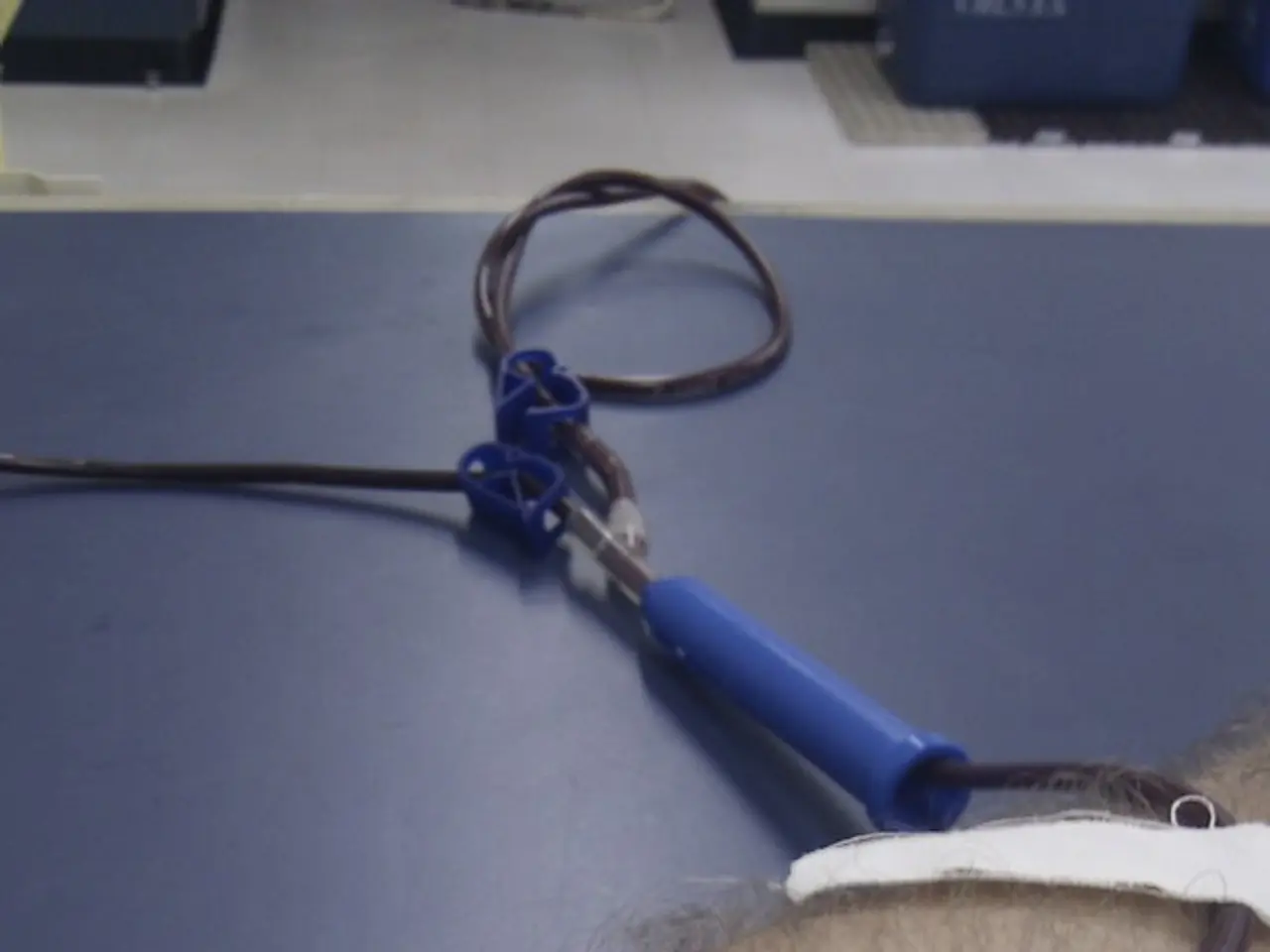Distinguishing Between Swedish Massage and Deep Tissue Massage: Key Facts to Consider
In the realm of massage therapy, two popular techniques often come to the fore - Swedish massage and deep tissue massage. While both offer various benefits, they differ significantly in their techniques, pressure applied, intended use, and preparation.
**Techniques**
Swedish massage employs gentle, long, flowing strokes, kneading, and circular motions that are designed to relax muscles and improve circulation. It primarily targets the surface layers of muscle and soft tissue for overall relaxation and tension relief. On the other hand, deep tissue massage uses slow, firm strokes and focused pressure that penetrate deeper layers of muscle and fascia (connective tissue). It often involves friction techniques to break down chronic muscle knots and tightness.
**Pressure**
The pressure levels between the two massages differ significantly. Swedish massage provides a light to moderate, gentle, and relaxing experience, while deep tissue massage is firm, intense, and focused on specific problem areas. The sensation during a Swedish massage is pleasant, soothing, and calming, whereas deep tissue massage can involve "good pain"—a productive discomfort but not sharp or harmful pain. The pain threshold for deep tissue massage is higher, and some discomfort is expected to release tension; communication with the therapist is critical to ensure comfort.
**Intended Use**
Swedish massage is best suited for relaxation and stress reduction, mild muscle tension, and general body aches. It is ideal for beginners or those new to massage therapy, as well as for enhancing circulation and calming the nervous system. Reducing anxiety and promoting overall well-being are other benefits of Swedish massage. Deep tissue massage, however, targets chronic muscle tightness and long-standing pain, especially in areas like the neck, shoulders, and lower back. It is popular among people recovering from muscle injuries due to sports or accidents.
**Preparation**
Swedish massage requires minimal special preparation; clients should hydrate and arrive ready to relax. Since it is gentle, no significant muscle warm-up or aftercare is typically needed. Deep tissue massage, however, requires more preparation due to its firmer pressure and possible muscle soreness afterward. Hydrating before and after the session is important to help flush out toxins released from deeper tissues. Communication with the therapist about pain tolerance is essential to tailor the pressure.
In summary, Swedish massage is ideal for general relaxation and stress relief, while deep tissue massage is better suited for addressing specific muscular problems and chronic tension. It is essential to find a suitable massage therapist specialist before making an appointment for a massage session to ensure the best experience tailored to individual needs.
Aromatherapy, incorporating essential oils during massage sessions, can enhance the relaxation experience of both Swedish and deep tissue massages, promoting mental health and well-being. The predictive science of health-and-wellness therapies and treatments suggests that regular massage may contribute to weight management by aiding in reducing stress, which in turn could help manage obesity. Preparatory precautions such as discussing any health concerns, including HIV, are essential to ensure safe massage sessions for all clients. Furthermore, Predictive science also suggests that combined with healthy lifestyle choices, massage could play a role in boosting the immune system and overall mental and physical health.




